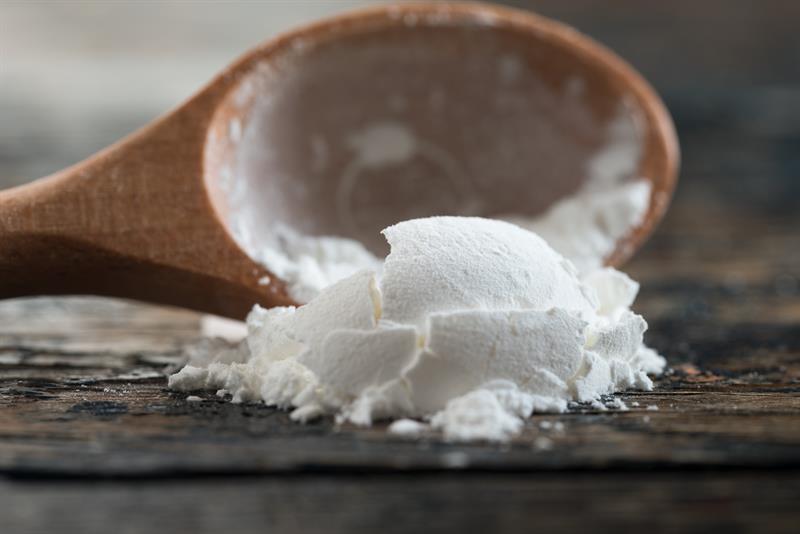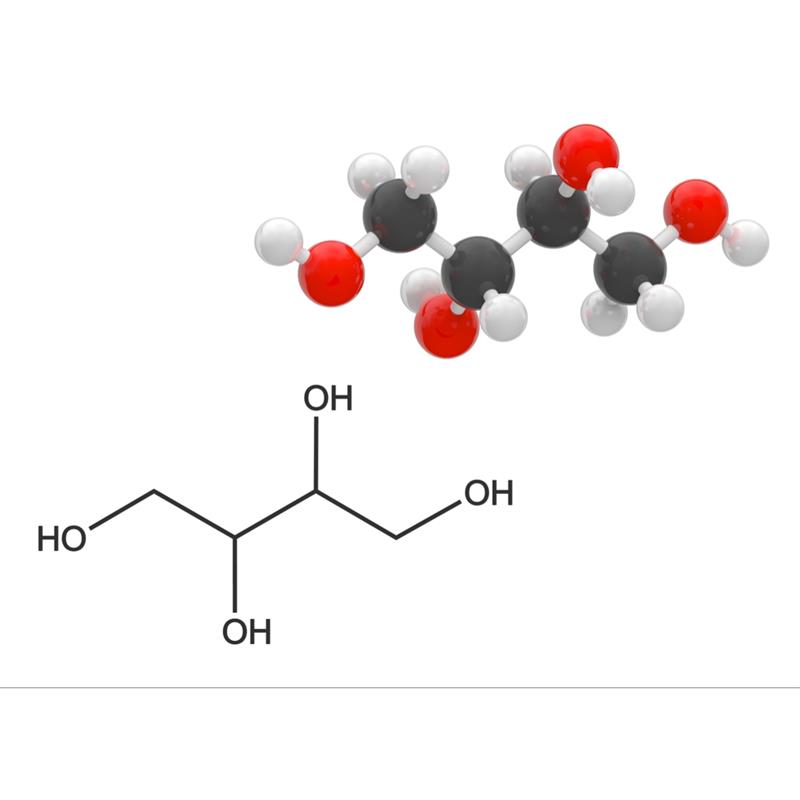STARCHES & DERIVATIVES
Starch, also called amylum is one of nature's major renewable resources and a mainstay of our food and industrial economy. Besides being the most consumed carbohydrates in our diet , starches has many industrial applications such as paper manufacturing, cosmetics, textiles, adhesive applications and even in the search for oil as part of the "drilling mud" which cools down superheated oil drilling bits. Raw material source for producing starch is always based on agricultural production of plants with high starch content, such as potatoes, wheat, corn (mazie), cassava, rice. The raw material type is depending on the agricultural production potential of the production areas. As example, mazie is commonly used in Americas, while Rice and cassava are commonly used in Asia.
The starch molecule can be extracted from the raw materials specified above and can be sold as such (native starch), but it can also undergo one or more chemical or physical modifications in order to improve its proprieties and enlarge the range of its uses. Three main groups of products that are produced from starch can be specified as below.
- Native starch is the starch chain extracted from raw material, in its original form. It can either be dried (powder) or not (liquid starch).
- Modified starches are starches modified by a chemical, physical or enzymatic process. They can be divided into three categories:
- Substituted starches: esters and ethers of starch, or cross-linked starches improves process tolerance, which means the starch can withstand heating, acid ingredients, stirring, pumping and packing. This starch does not break down during cooking.
- Degreaded starches: Starch degradation or conversion made through oxidation, acid hydrolysis, dextrinisation or enzyme conversion etc., that reduces starch viscosity and allows the use of starch with higher solids content. It increases water solubility, controls gel strength and can alter starch stability. Dextrins, Oxidized starches, Cationic starches , ,Acid Modified staches, ( Thin-Boiled starches) fall in this category.
- Physically modified starches: These are the modified of starches which are processed by physical treatments that do not result in any chemical modification of the starch. Starches can be modified by roll drying, extrusion, spray drying, and with heat and moisture treatment. Most well know that fall in this category is Pregelatinised Starch.
- Hydrolysed starches (Sweeteners): Explained in sweeteners section
Literally thousands of supermarket staples are produced using both native and modified starches. Many of today's instant and ready-to-eat foods are produced using starches; which enable them to maintain the proper textural characteristics during freezing, thawing and heating. Other starches are the backbone of instant pie and pudding fillings; which require little or no cooking compared to traditional formulations.
The most promising new market for starches is as raw material for the production of industrial chemicals and plastics; which are today made from petroleum feed stocks. As petroleum supplies dwindle or become less reliable, the importance of an abundant source of basic industrial chemicals takes on new proportions. Starch industry scientists are at work on new systems for producing industrial necessities from the versatile plant.



